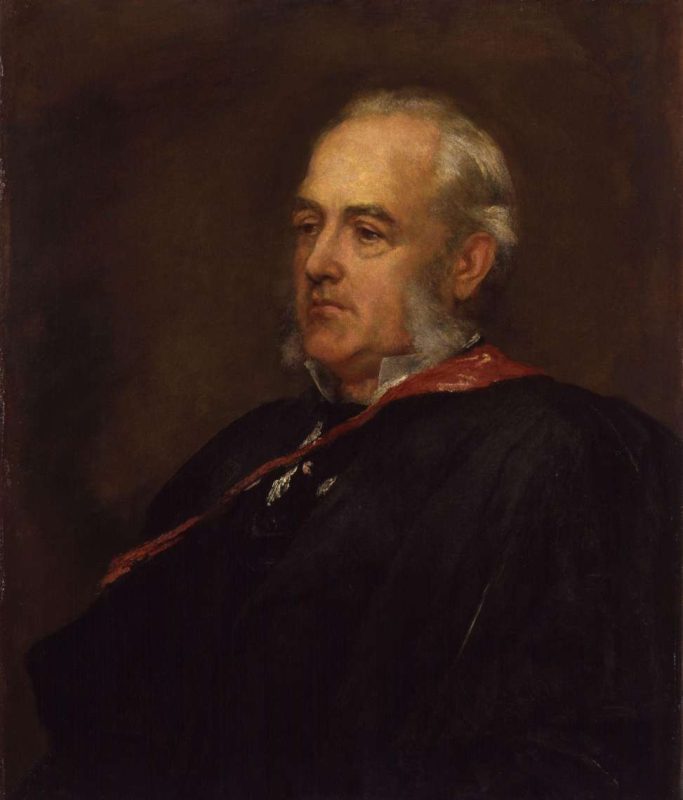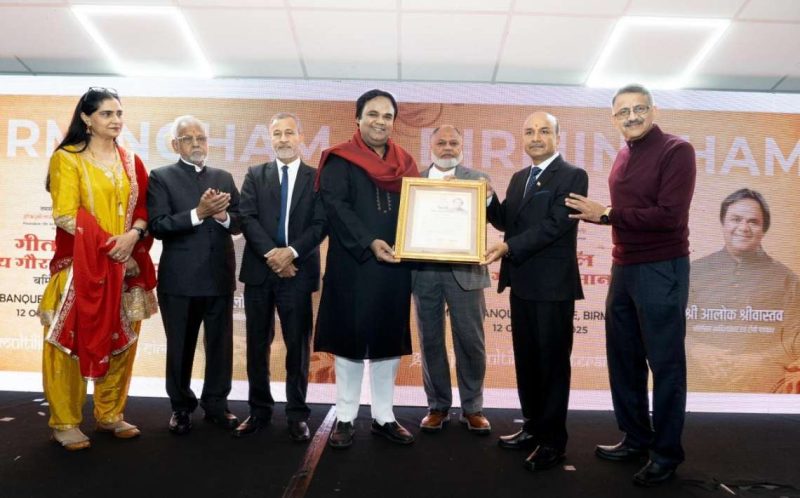In 2023, Domestic Tourist Visits (DTVs) rose by 44.98 per cent year-on-year to 2.5 billion. Uttar Pradesh led the tally with 478.53 million visits, followed by Tamil Nadu at 286.01 million
India’s tourism sector is witnessing a rapid growth surge, with projections indicating the industry will generate over Rs 5,12,356 crore (USD 59 billion) by 2028, according to a new report by Capitalmind PMS. The report cites rising disposable incomes, improved connectivity, and enhanced infrastructure as key enablers driving the expansion of domestic and international travel.
Domestic tourism is expected to more than double from 2.5 billion visits in 2024 to 5.2 billion by 2030, growing at a compound annual growth rate (CAGR) of 13.4 per cent. Domestic visitor spending is projected to reach Rs 33.95 trillion by 2034, up from Rs 14.64 trillion in 2023, reflecting a CAGR of 7.9 per cent, according to the World Travel & Tourism Council’s Economic Impact Research 2024.
Despite these impressive figures, India’s tourism and hospitality sector still trails global peers, contributing 2 per cent less to GDP than the US and 4 per cent below Thailand. Domestic air passenger traffic is also set to more than double from 307 million in FY24 to 693 million by FY30, highlighting the rapid expansion of the aviation sector.
In 2023, Domestic Tourist Visits (DTVs) rose by 44.98 per cent year-on-year to 2.5 billion. Uttar Pradesh led the tally with 478.53 million visits, followed by Tamil Nadu at 286.01 million. Maharashtra and Gujarat reported the highest number of Foreign Tourist Arrivals (FTAs), with 3.39 million and 2.81 million respectively. Total FTAs reached 18.89 million in 2023, marking a 5.47 per cent increase over the pre-pandemic peak in 2019. Key source markets included South Asia (29.02 per cent), North America (21.82 per cent), and Western Europe (20.40 per cent).
The hospitality sector in India currently has 3.4 million hotel keys, of which only 11 per cent are in the organized segment. Luxury hotels account for 17 per cent of branded properties, revealing a significant demand-supply gap in premium offerings. Occupancy in the luxury segment stands at 60-70 per cent, with Total Revenue per Available Room (TRevPAR) 117 per cent higher than upscale and 298 per cent higher than midscale categories.
India’s aviation infrastructure has grown significantly, with 148 operational airports in 2024, targeting 220 by 2027. Scheduled flights reached 1.3 million in 2024, a 77.7 per cent increase over the past decade.
New revenue streams such as weddings, MICE (Meetings, Incentives, Conferences, and Exhibitions) events, and luxury F&B are also driving growth. In late 2023, 3.8 million weddings generated INR 4.74 lakh crore, with India hosting around 10 million weddings annually, making it the second-largest wedding industry globally. Corporate travel continues to rise, supported by record gross office leasing of 89 million square feet in 2024 and the growth of Global Capability Centers, the report noted.
The findings underline India’s emergence as a major global tourism hub, powered by a combination of domestic demand, international arrivals, and growing premium and corporate segments.











